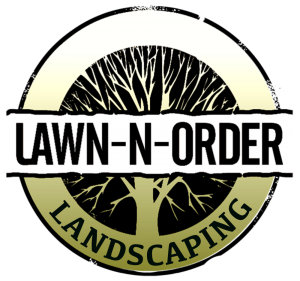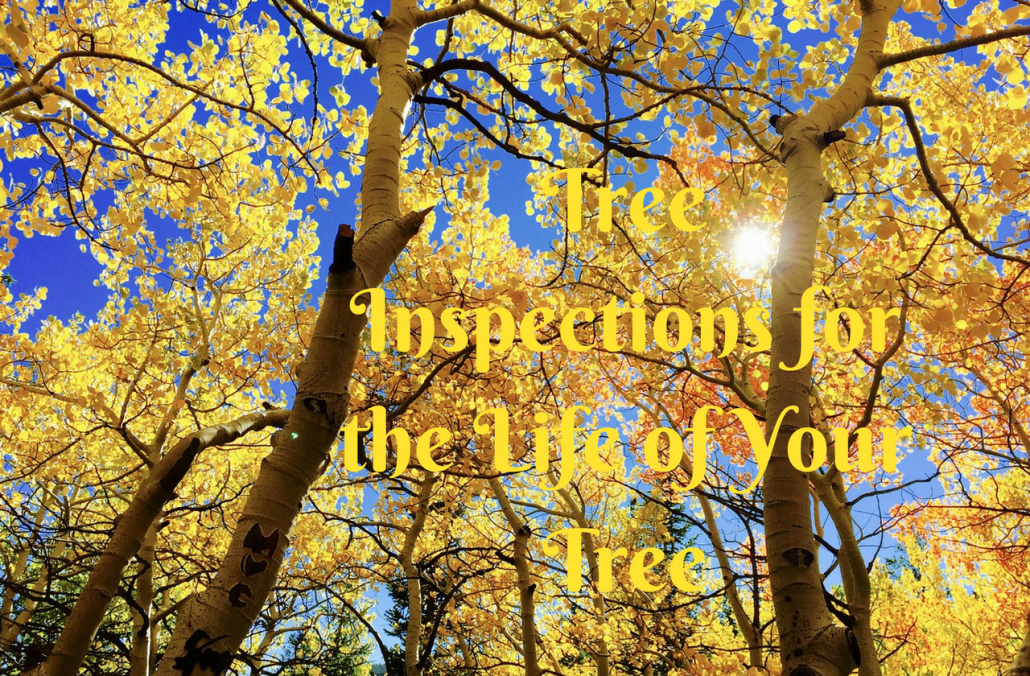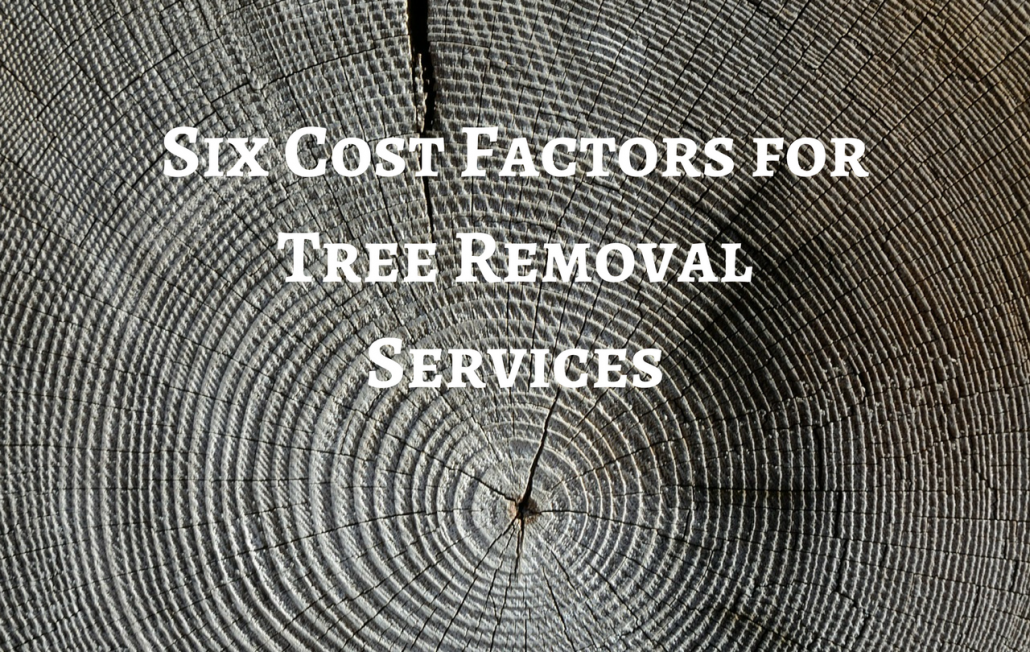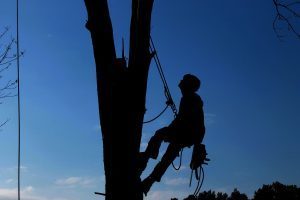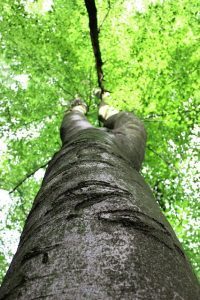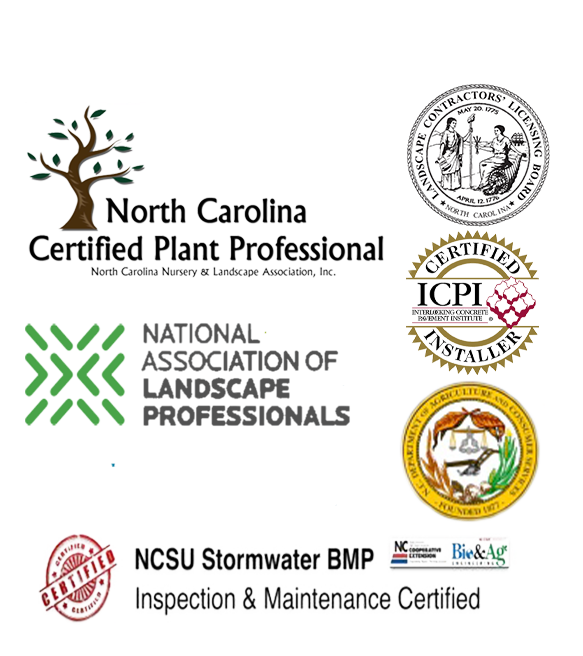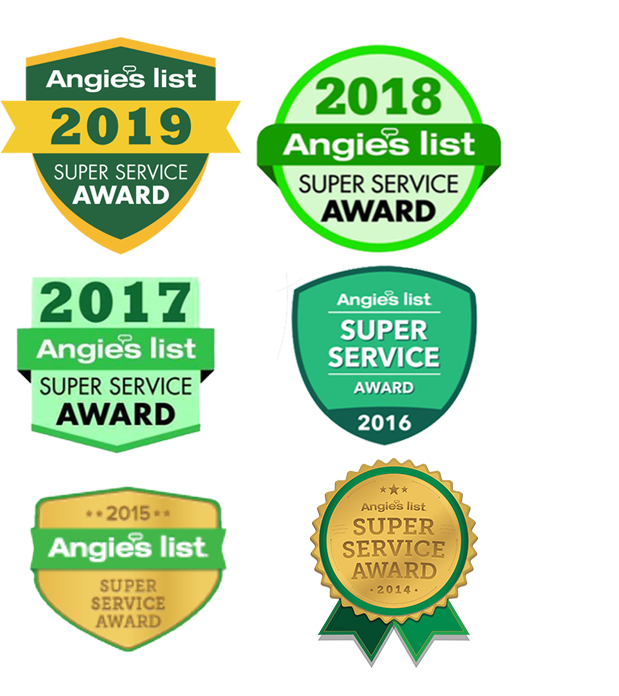Tree Inspections for the Life of Your Tree
Tree inspections are not something we think about annually like we do fertilizing our shrubs, but it should be a part of your annual maintenance. To keep trees healthy and growing vigorously we recommend tree inspections of the root zone, trunk, tree crown, and after storms. Make an inspection before planting a tree, to prevent health issues later.
Before Planting
Locate where your septic systems, drain fields, and underground drainage pipes are at. Plant far enough away to not hamper or destroy the underground systems. Look at the height of electrical lines before placing a tree under one or close by. Consider the mature height of your tree and allow the circumference width. Placing your tree close to clothes lines, play areas, bird feeders, satellite dishes and antennas or specialty lighting before it has reached mature height may warrant a removal or transplanting later. Allow for growth and plant accordingly. Lastly, be aware of your property lines and ensure that the mature growth will not encroach on the neighbor’s property.
Tree Inspections: After a Storm
High winds or heavy, wet snow will accumulate on the branches and wreak havoc on your tree branches. Branches and limbs can bend and break under heavy pressure or hang suspending by a few cross branches. These lodged limbs can be a hazard to a tree climber as well as the homeowner if not taken down properly. These tree inspections will ensure the falling limbs do not damage other parts of the tree. A tree climber can inspect for conditions that can’t be seen from the ground up. From the ground, a binocular inspection can help but up close can render more information.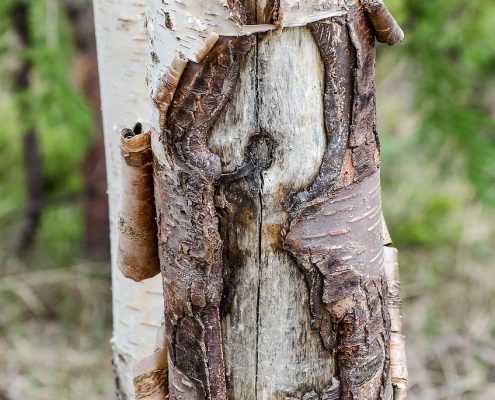
Tree Inspections: Tree Crowns
True ‘crown reduction’ techniques ensure the health of the tree is not endangered and that the budding limbs remain intact to bring in the sunlight. Many inexperienced contractors that have not had adequate training call it ‘round over’ which is a crude work term that causes more damage. When hiring contractors, make sure they abide by ANI A300 Pruning Standards. A tree climber will look for loose or dislodged, dead, damaged and diseased limbs and remove properly with correct pruning techniques as outlined in the ANI A300 Pruning Standards. We look for cracks and splits along stems and branches and at the cross sections where the branches are attached to the main trunk for pressure points. Burrowed animals within the trunks of the trees or cavities can indicate damage, disease, and rot. Close up inspections can reveal wood-boring insects eating away at the bark and the internal cavity.
Tree Inspections: Trunk
Some indications of rotting on the trunk of the tree will be noticeable with mushrooms present at the base. Remove invasive vine growth each year to give your tree breathing room and not competing for nutrients at the base of the tree. Loose bark can indicate a dying tree and the presence of bark beetles. Fungus on a trunk is also a sign of dying and decaying.
Tree Inspections: The Root Zone and Base
A proper anchoring of the roots will keep the tree healthy and vigorous. If absorption of nutrients through the root system is not available and other factors are present as indicated previously, the tree will suffer. Observe and inspect the root zone around the base. The root flare should be full and uninhibited by soil. Compaction around the base of a tree can happen over many years of time, rainfall, traffic, and 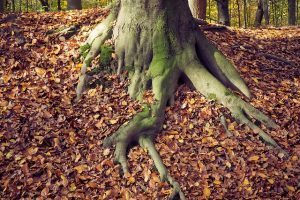 equipment. Ensuring the root base is free of obstacles will need to be observed. Removing water sprouts and suckers will be pruned from the interior and base of the tree to prevent them turning into larger limbs. These will suck the health away from the tree. This regular grooming to the main central trunk system is imperative.
equipment. Ensuring the root base is free of obstacles will need to be observed. Removing water sprouts and suckers will be pruned from the interior and base of the tree to prevent them turning into larger limbs. These will suck the health away from the tree. This regular grooming to the main central trunk system is imperative.
These are procedures that we put into our tree inspections to keep the life of your tree healthy and keeping you ‘in the shade’ for years to come. Give us a call for a consultation if you haven’t had a tree inspection in a while.
